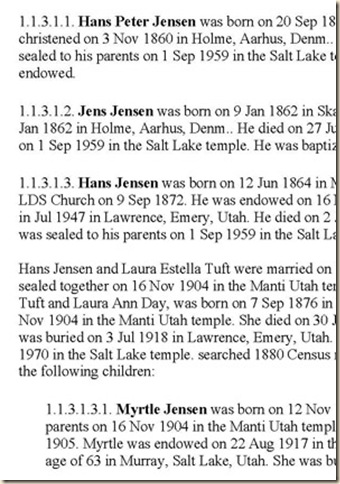There is one more tip from the Thurstons that I wanted to post before moving on to other subjects. These ideas really helped me and I hope that they will help you. At first, I couldn’t think of what to write from my life, but as I did the following activities a whole flood of memories came back. Try these and see if they help.
- Browse through old photo albums. Notice the friends you played with, the vacations you took, the houses you lived in, the furniture in the background, the clothes you wore, the way you wore your hair, the cars you drove, the pets you owned. Jot down memories that come to you.
- Look through school annuals. Note the clubs you belonged to, the sports you played, the dances you attended, the friends and teachers who were important in your life. Read the notes your friends wrote to you on the end pages.
- Rummage through old memory books, scrapbooks, keepsake boxes.
- Call your siblings and other relatives and reminisce about the past. You’ll probably find you don’t remember the same incidents in quite the same way.
- Visit homes where you lived, schools you attended, cemeteries where loved ones are buried, and other locales meaningful in your life. Sit in front of these places for a while and write down memories that occur to you.
- Make lists about yourself: the cars, homes, and pets you owned, the schools you attended, your favorite books, movies, songs, foods, etc. List the major turning points in your life.
- Draw a floor plan of your childhood home.
- Create a chronology of your life. Make a chart with two columns. In one column list events and incidents from your life. In the second column assign a date to the event, however approximate. Make a note of which incidents you definitely want to include in your life story.
These are some very effective ways to bring memories back. Try them!
Chris Stevenson cs@sgenealogy.com

